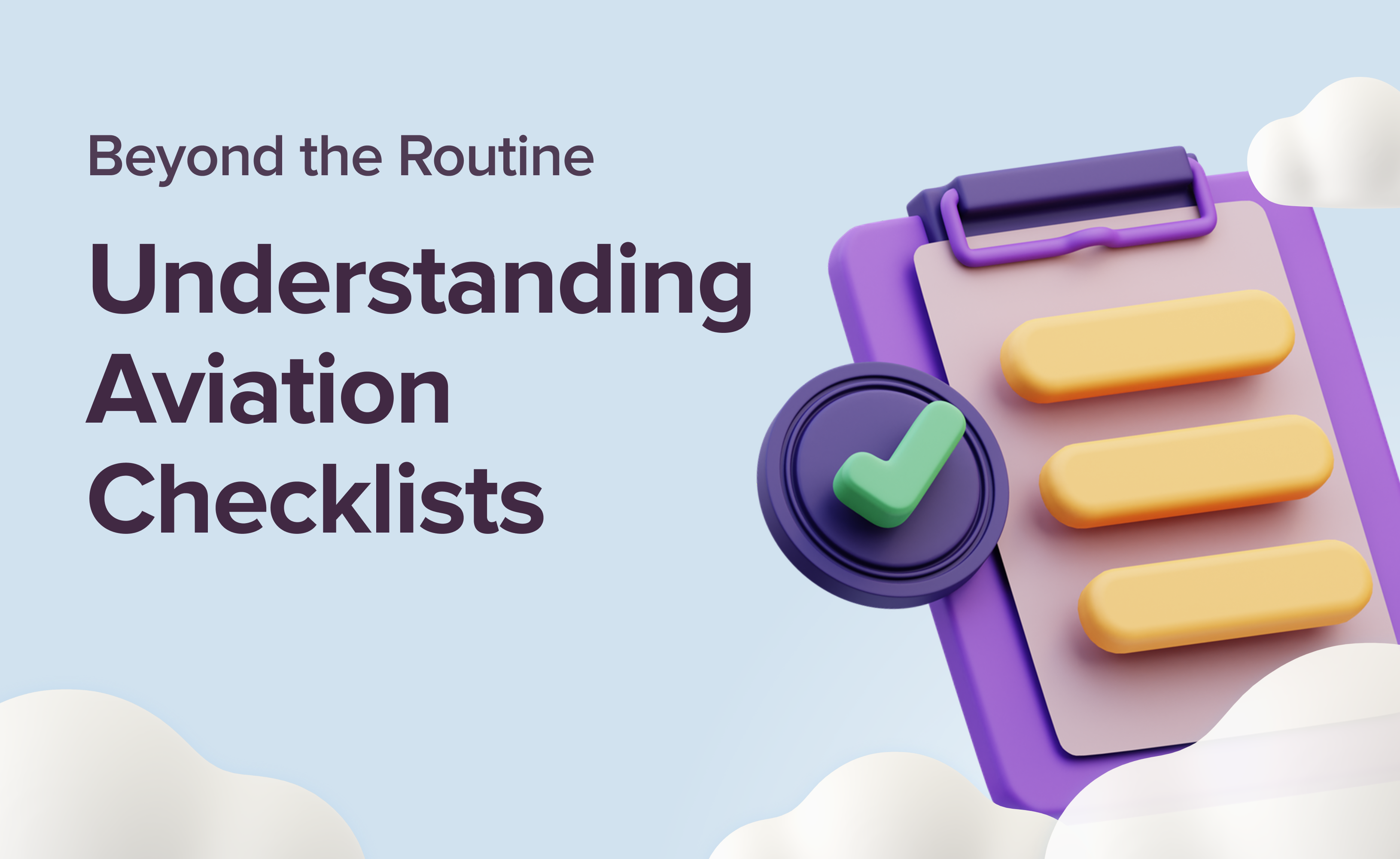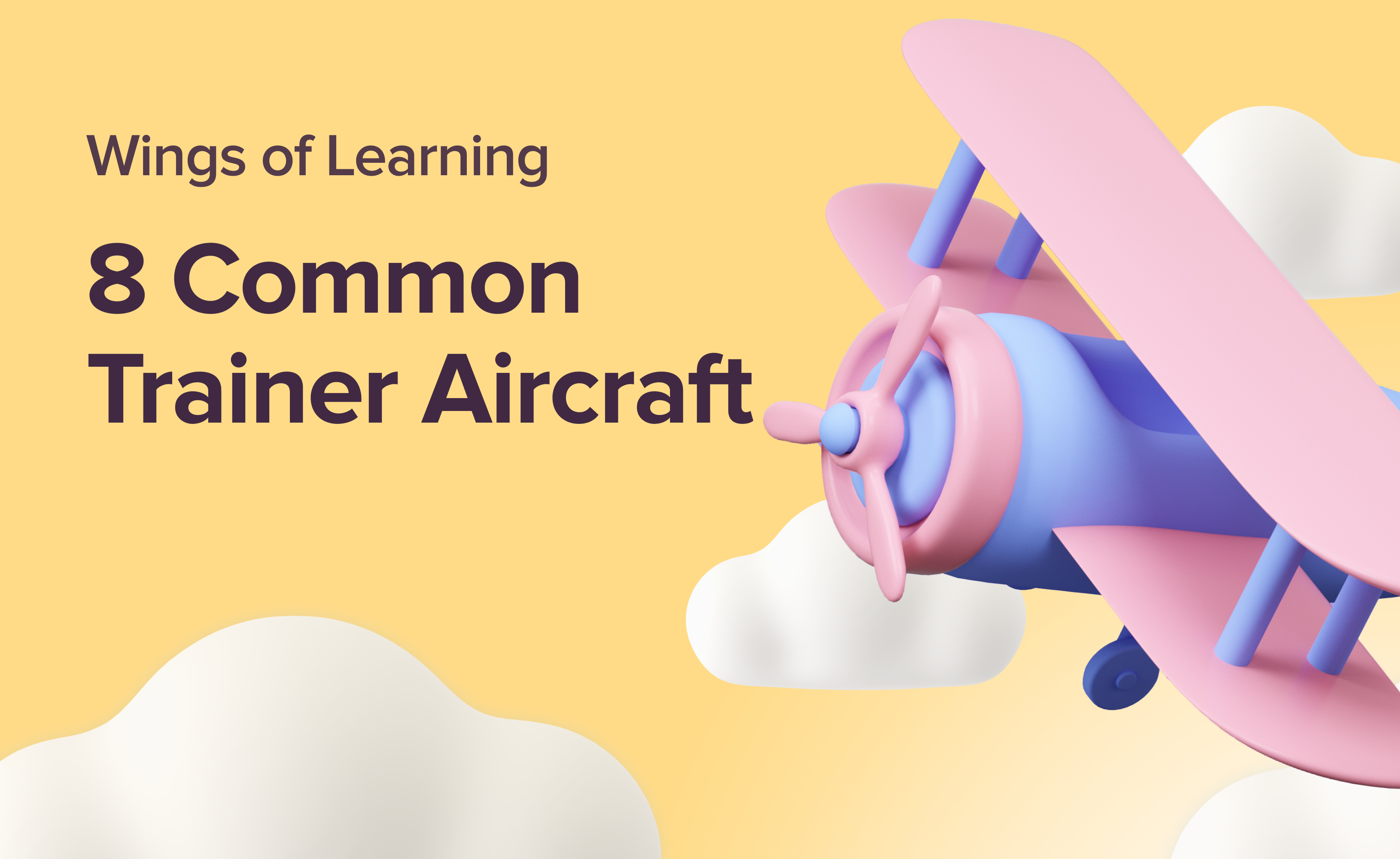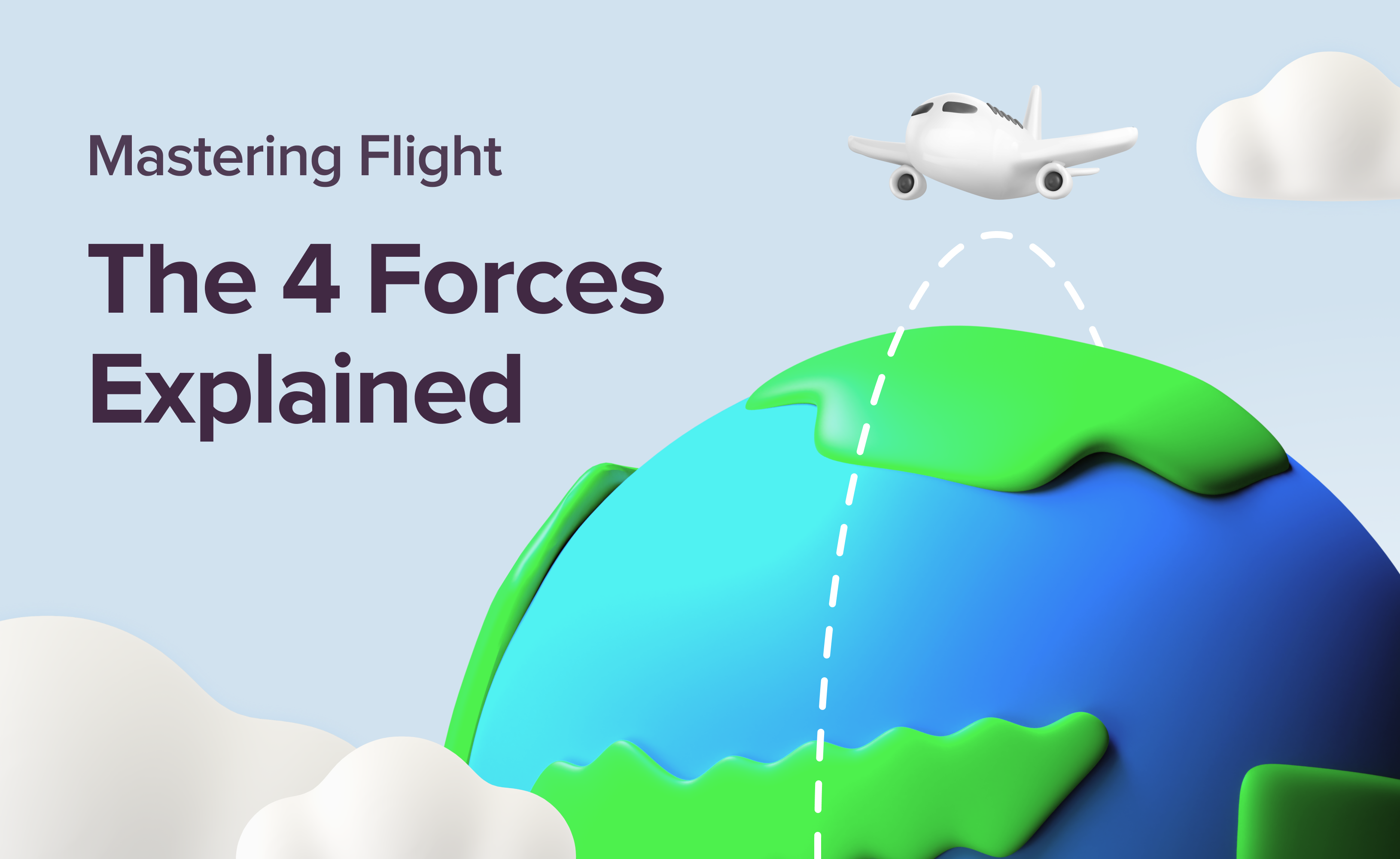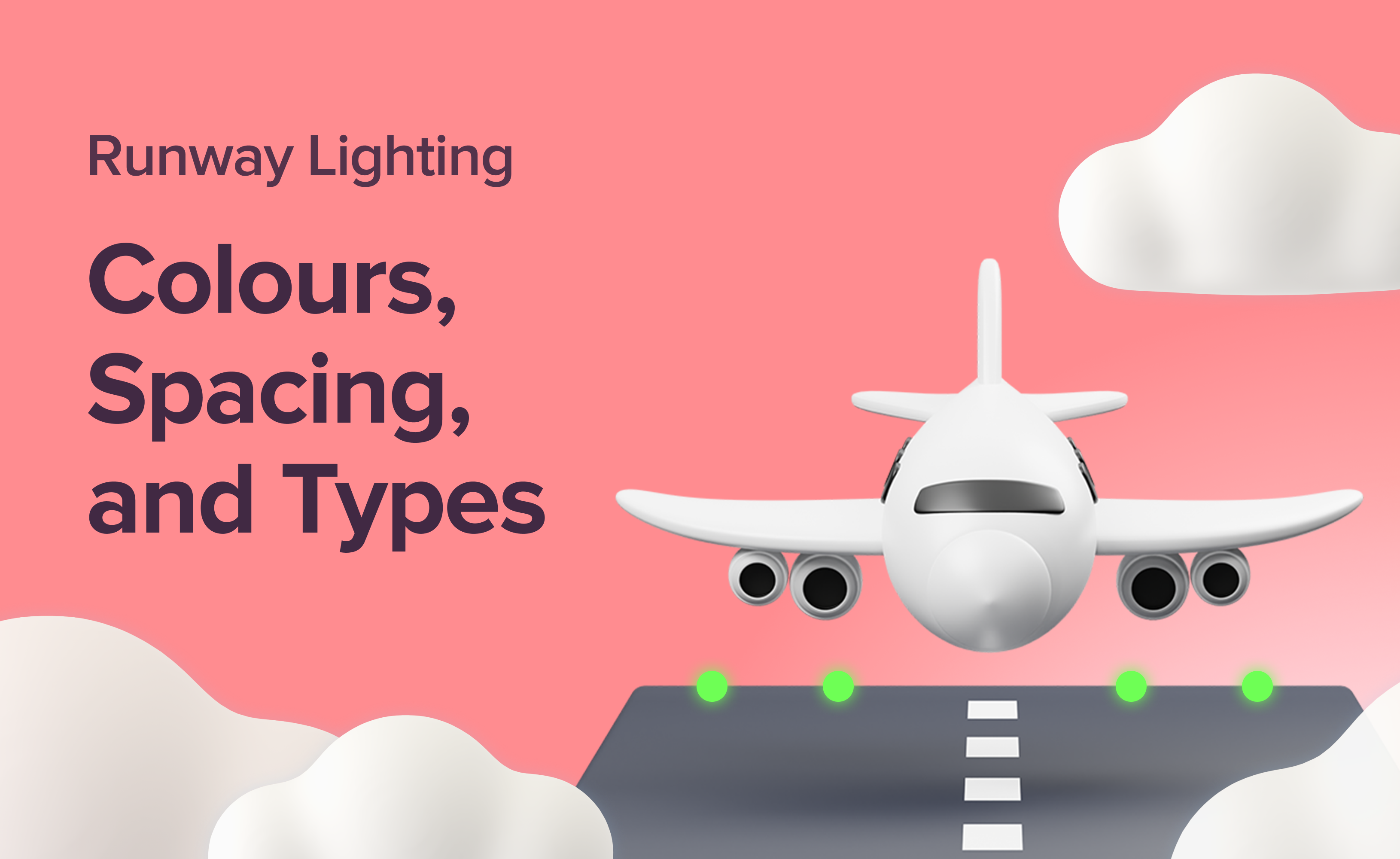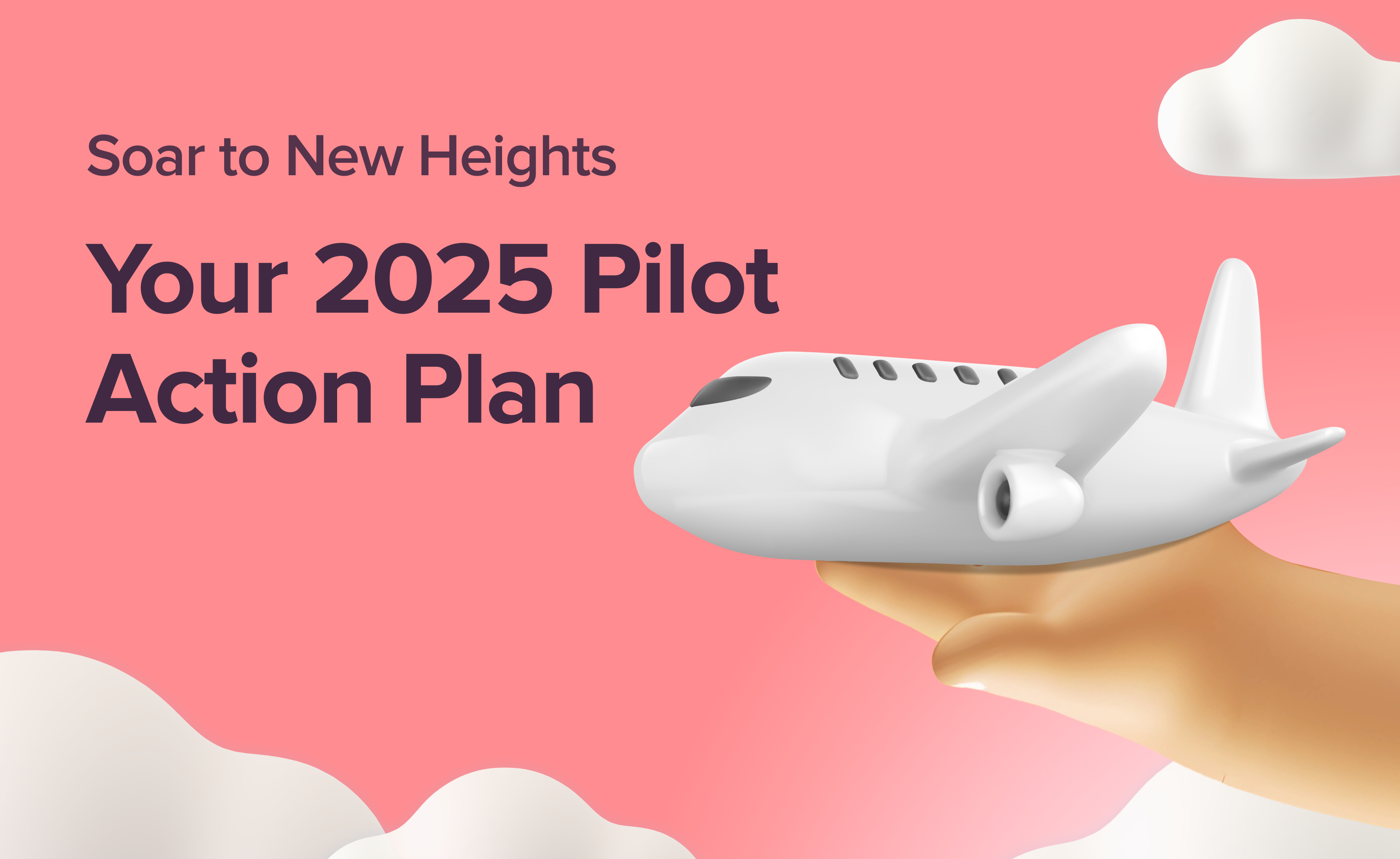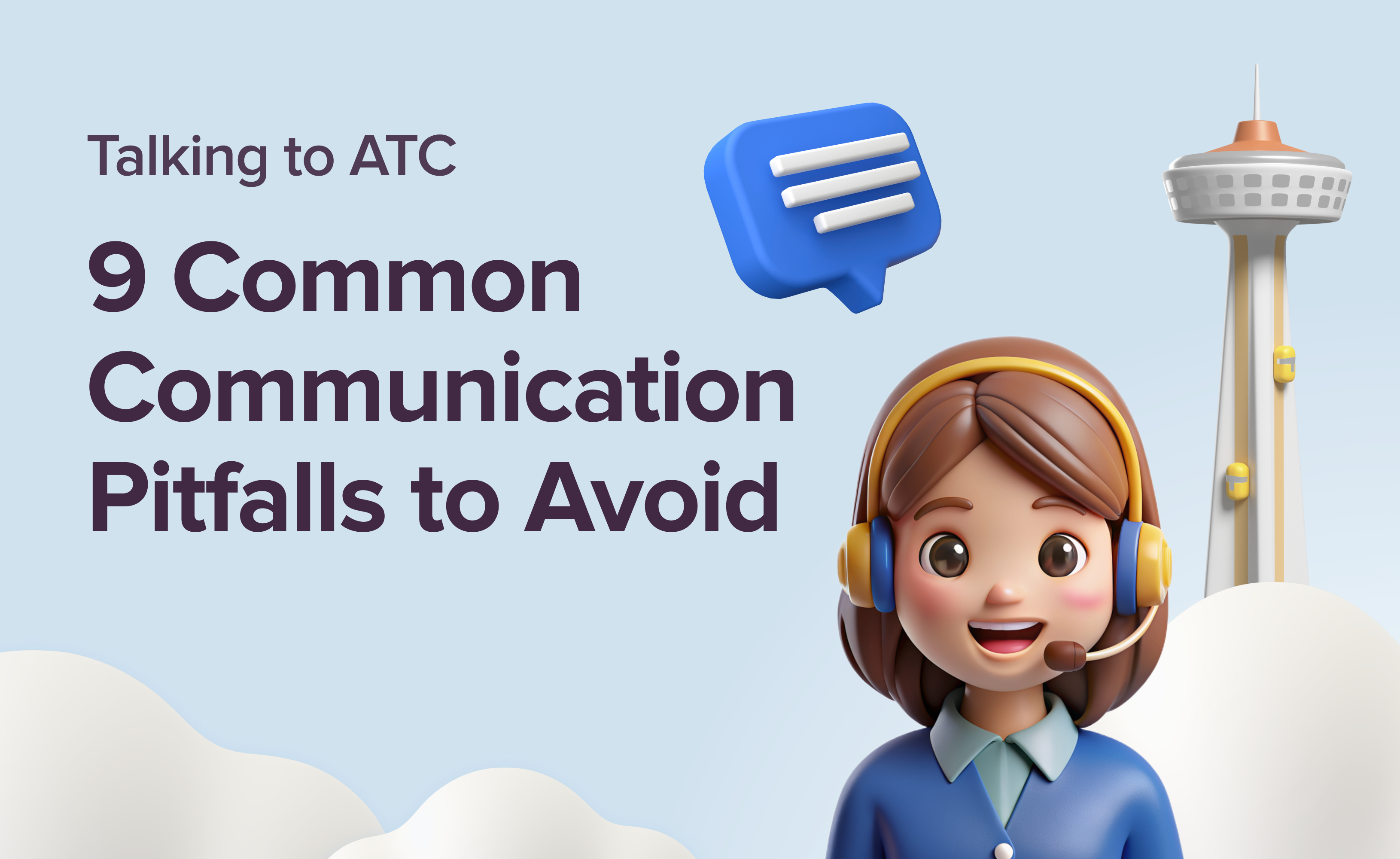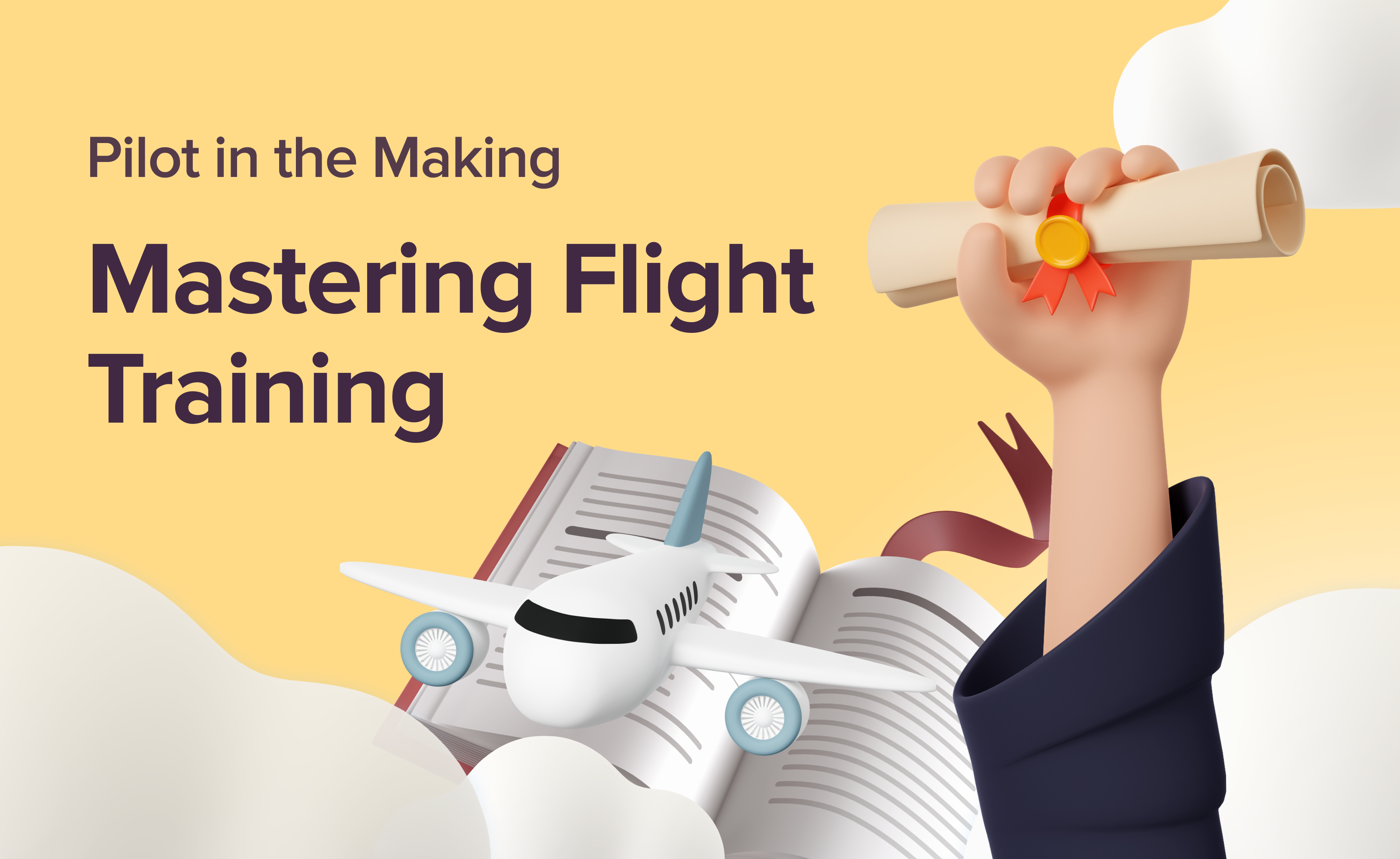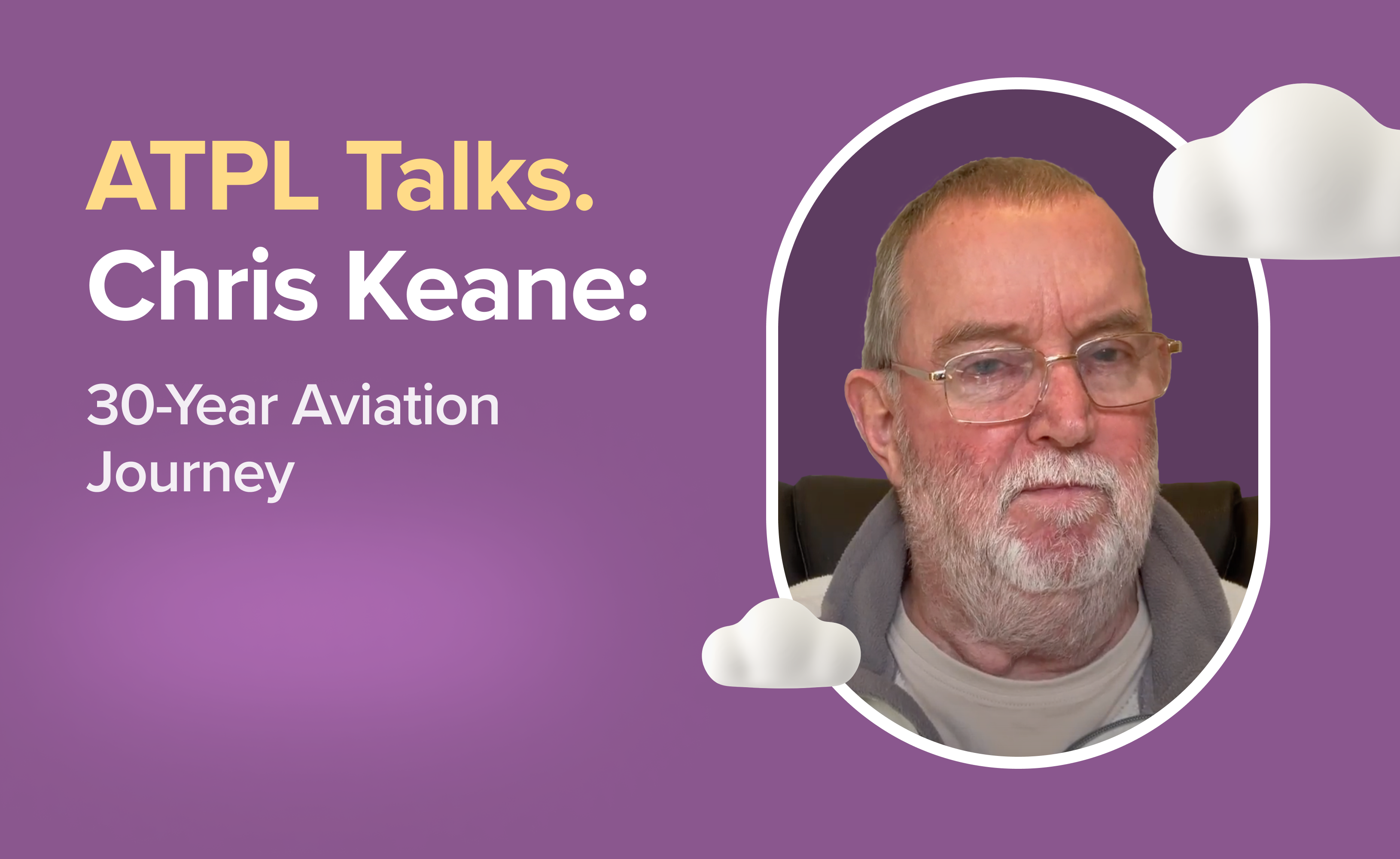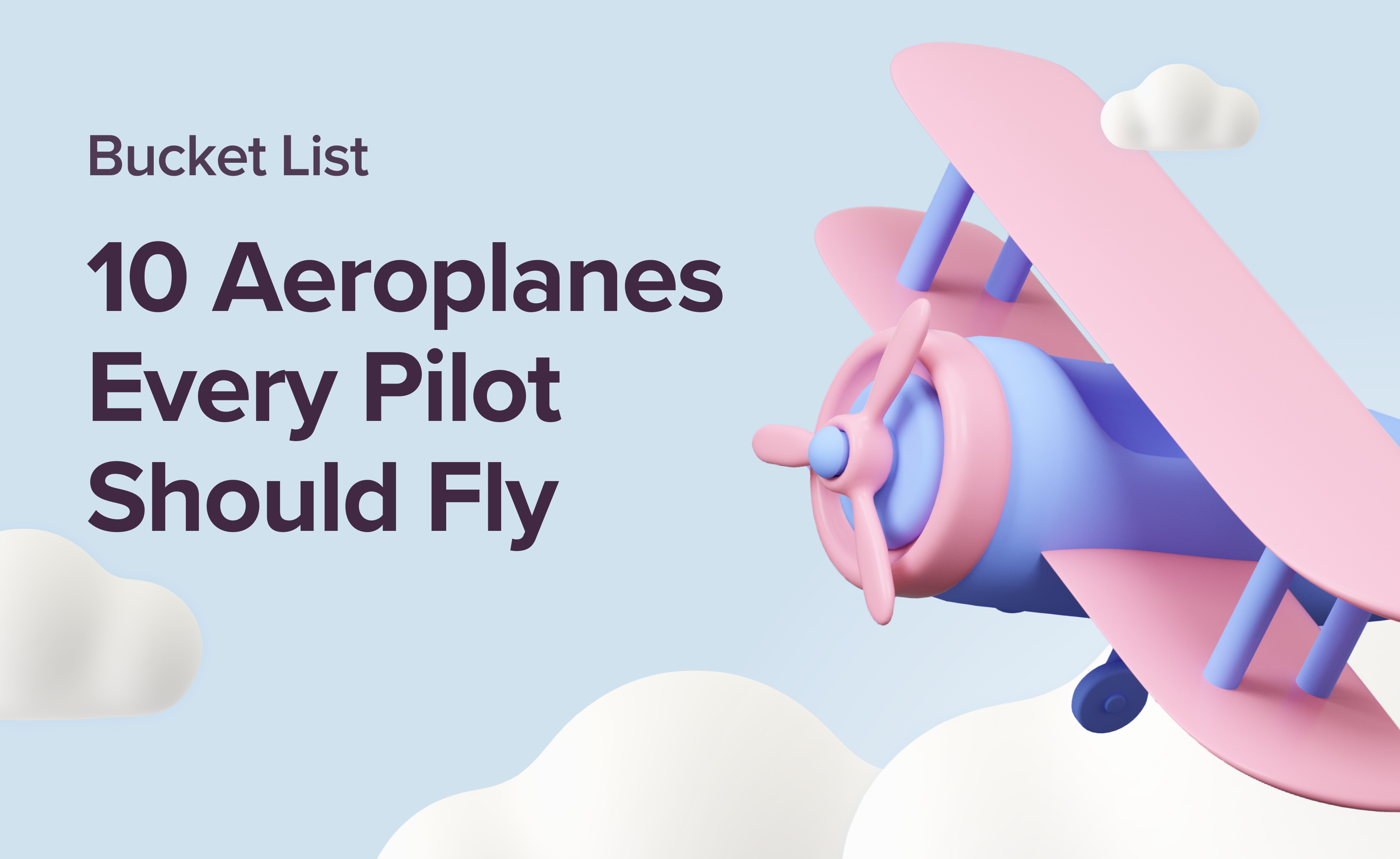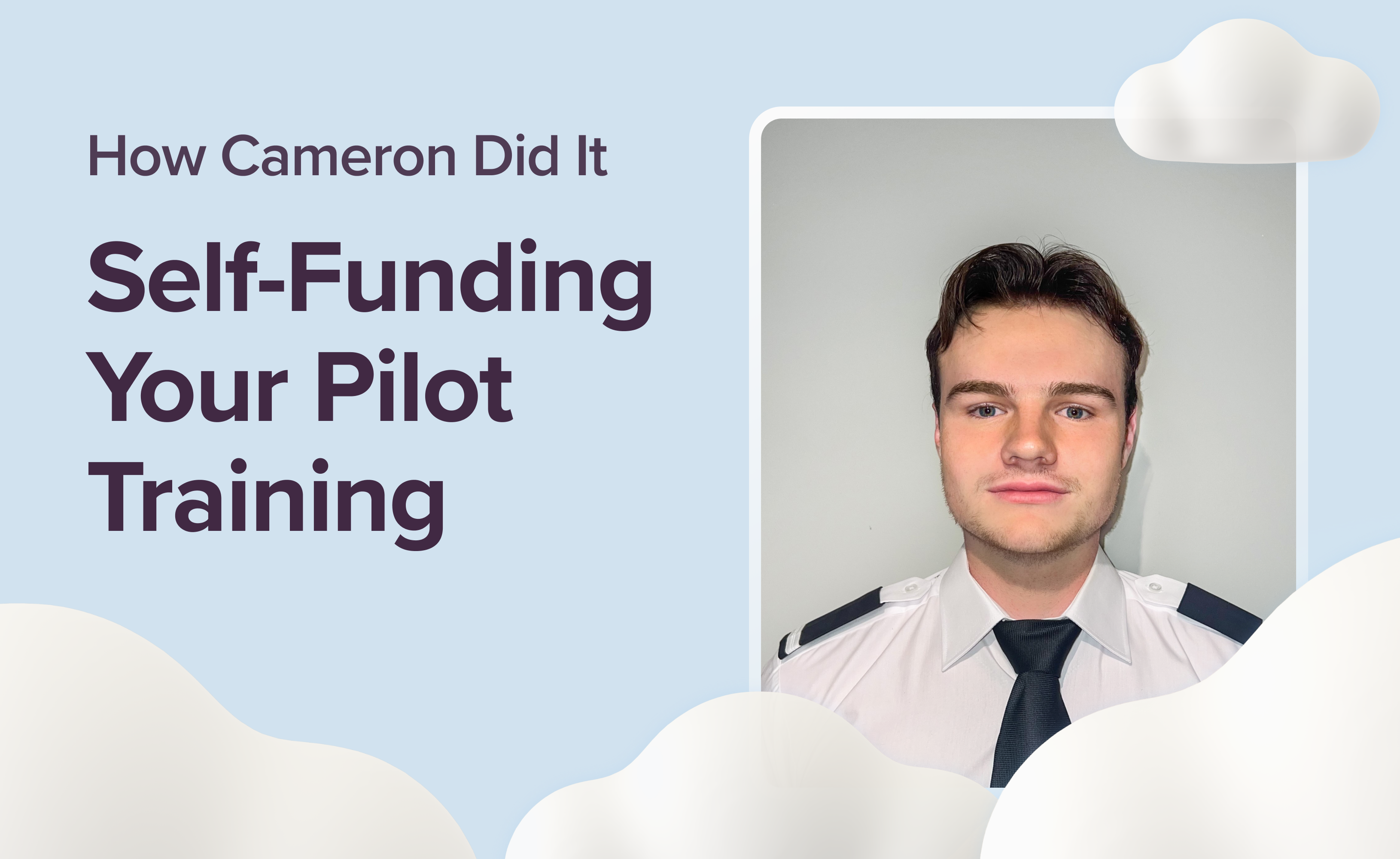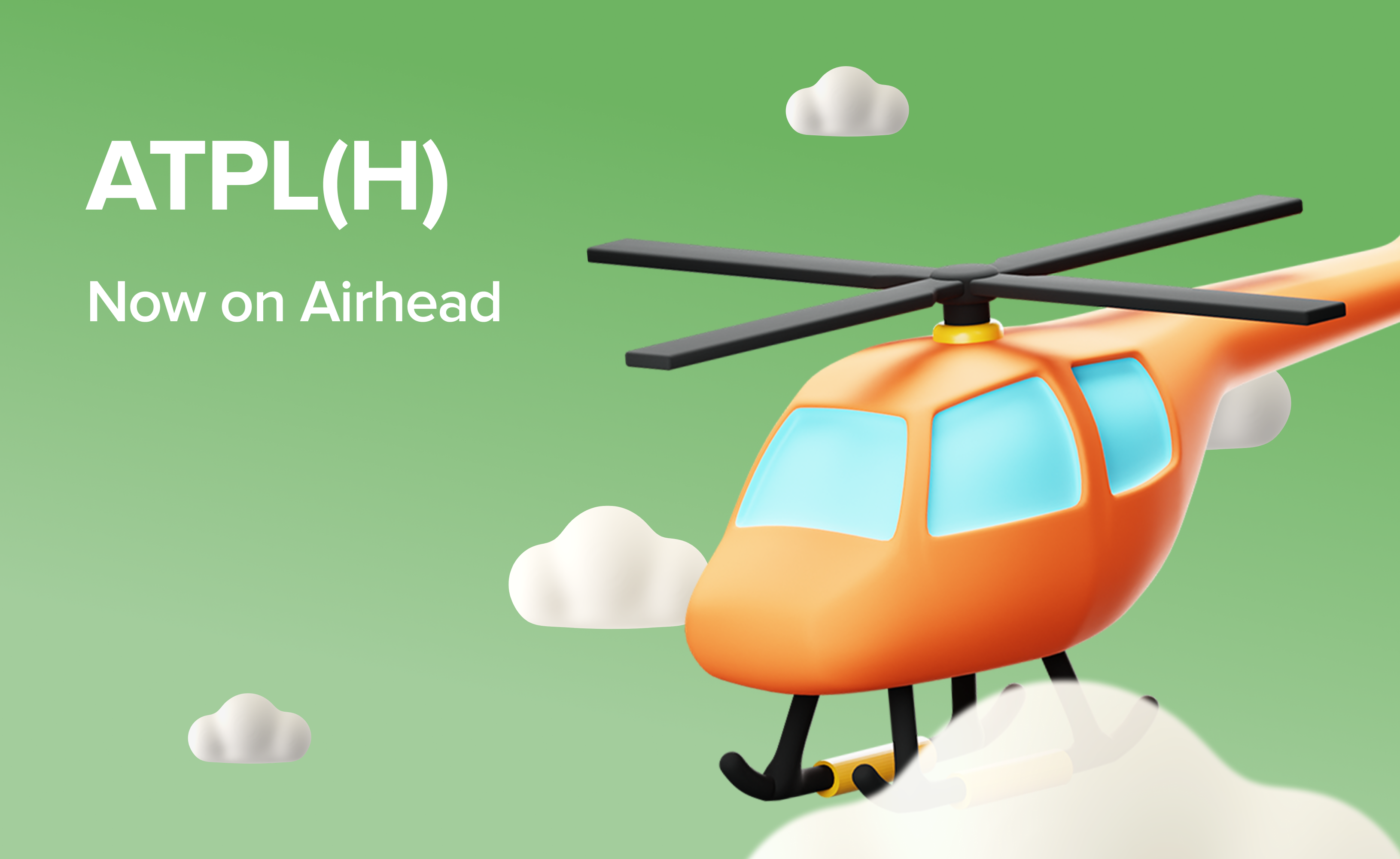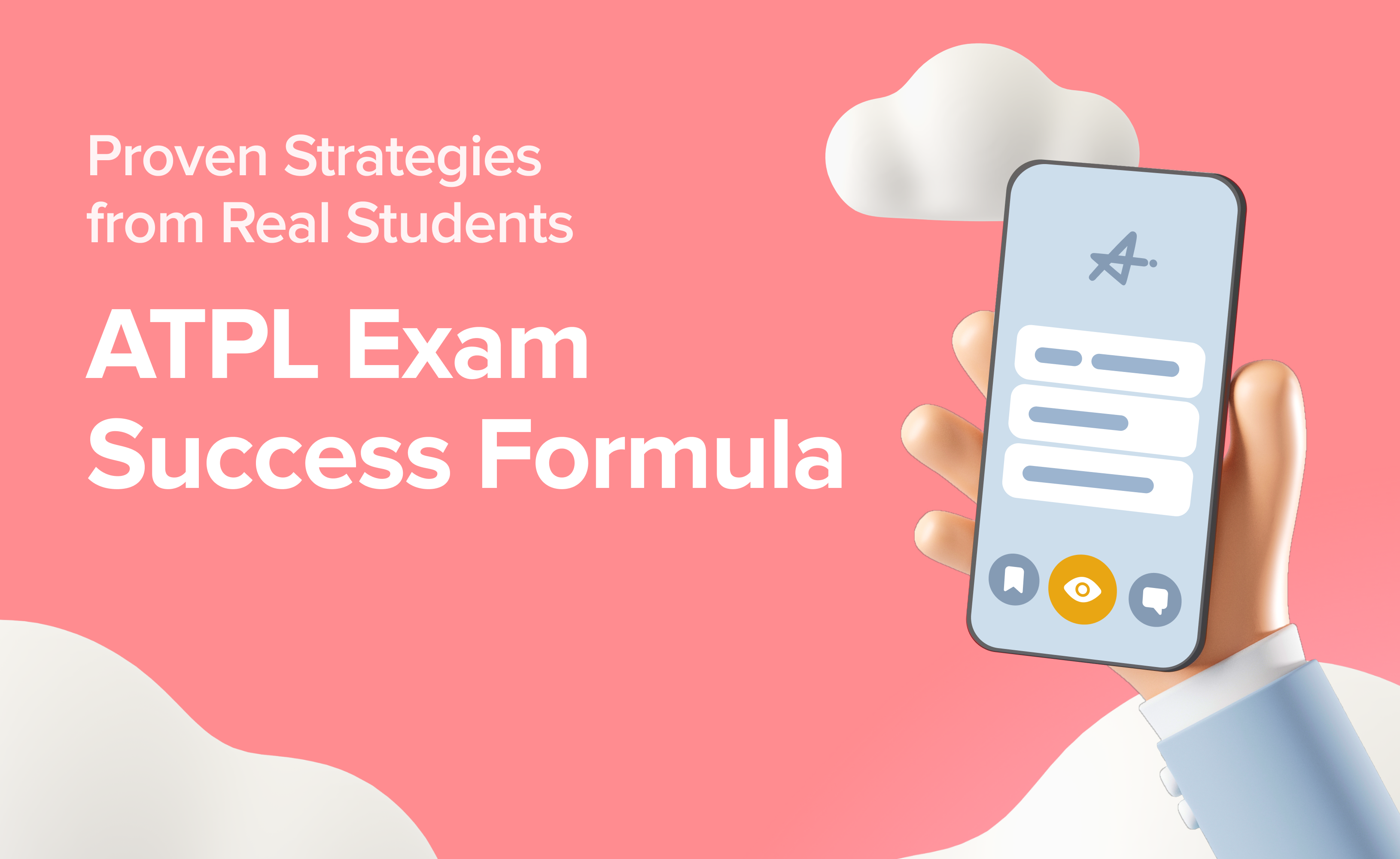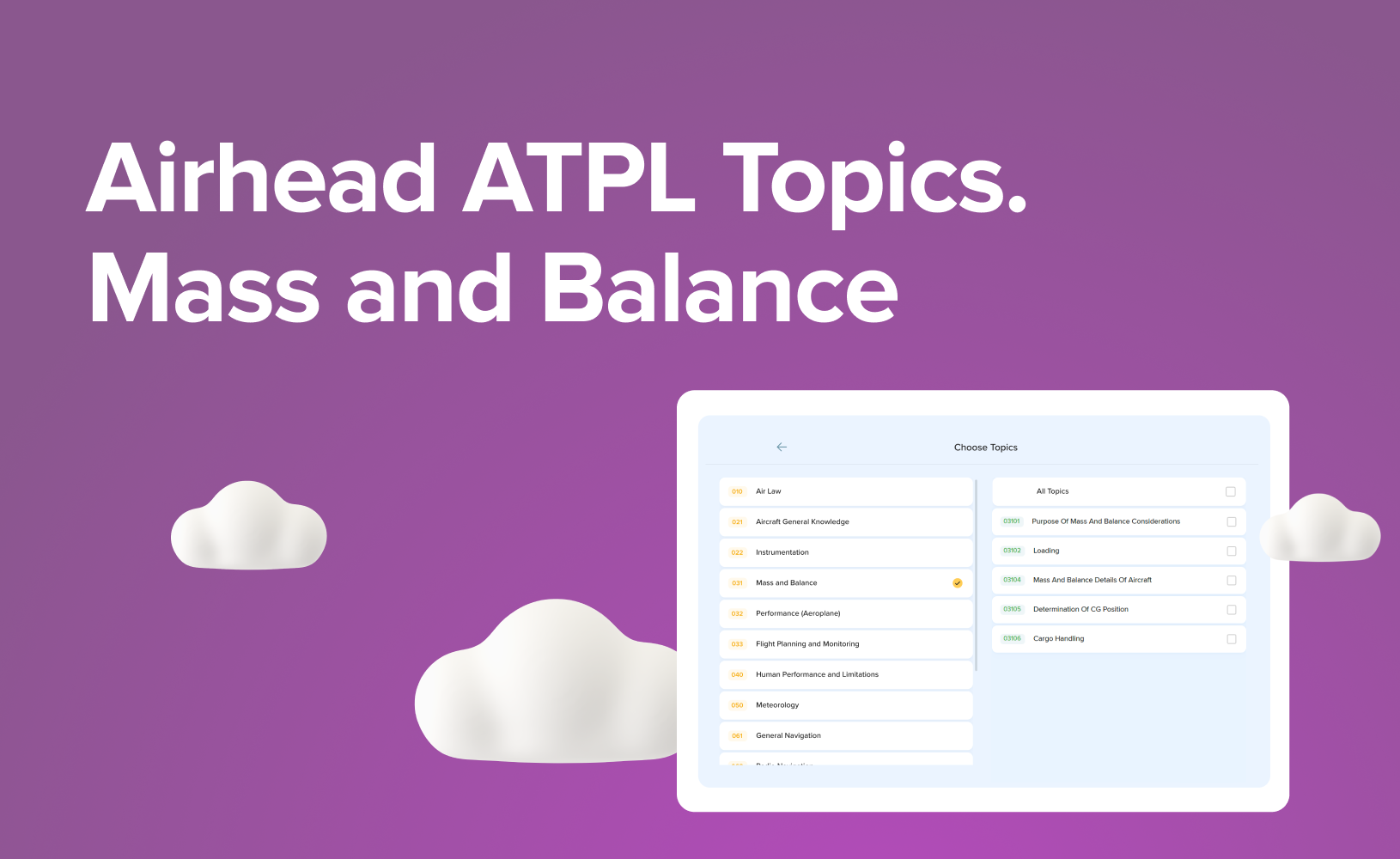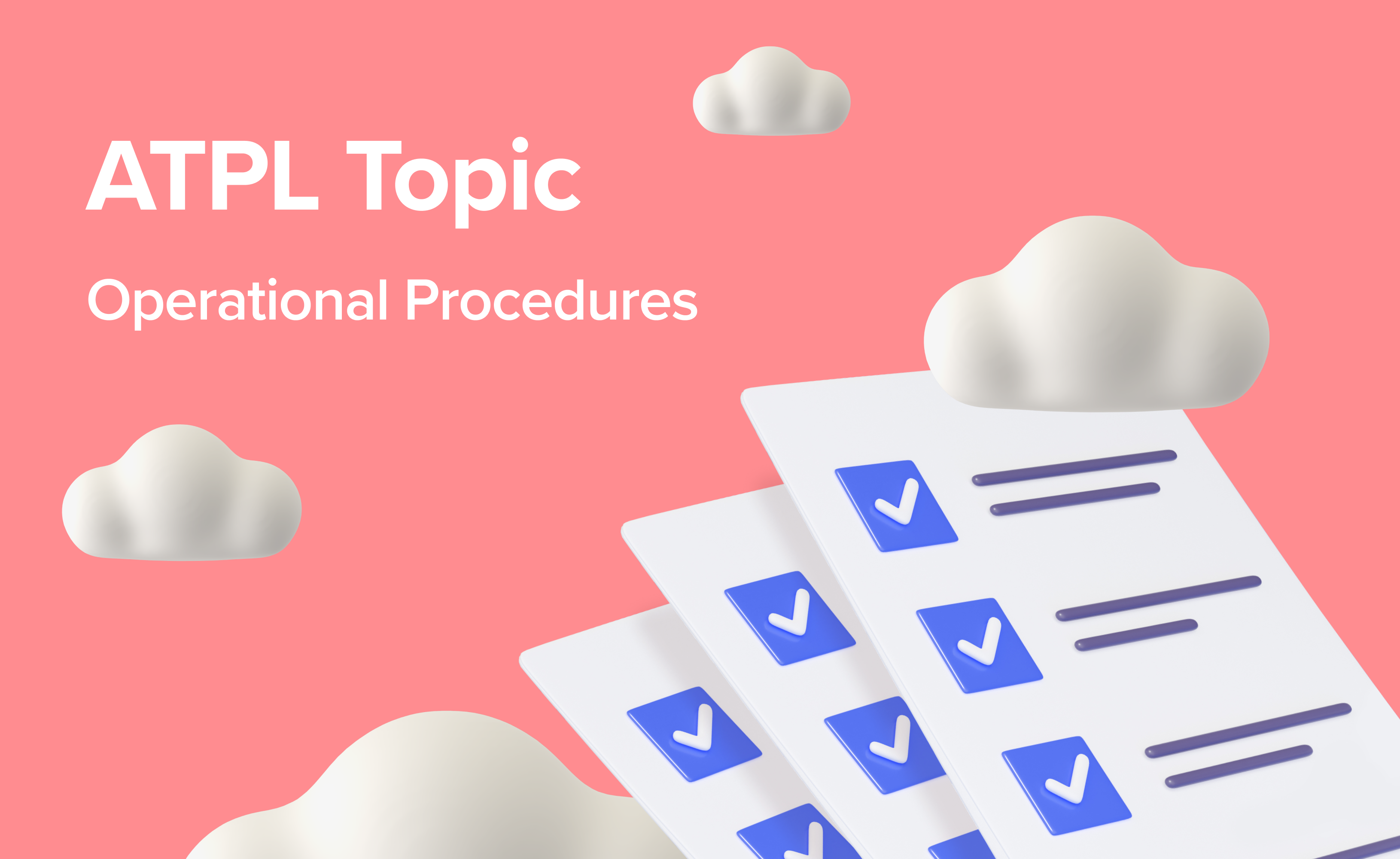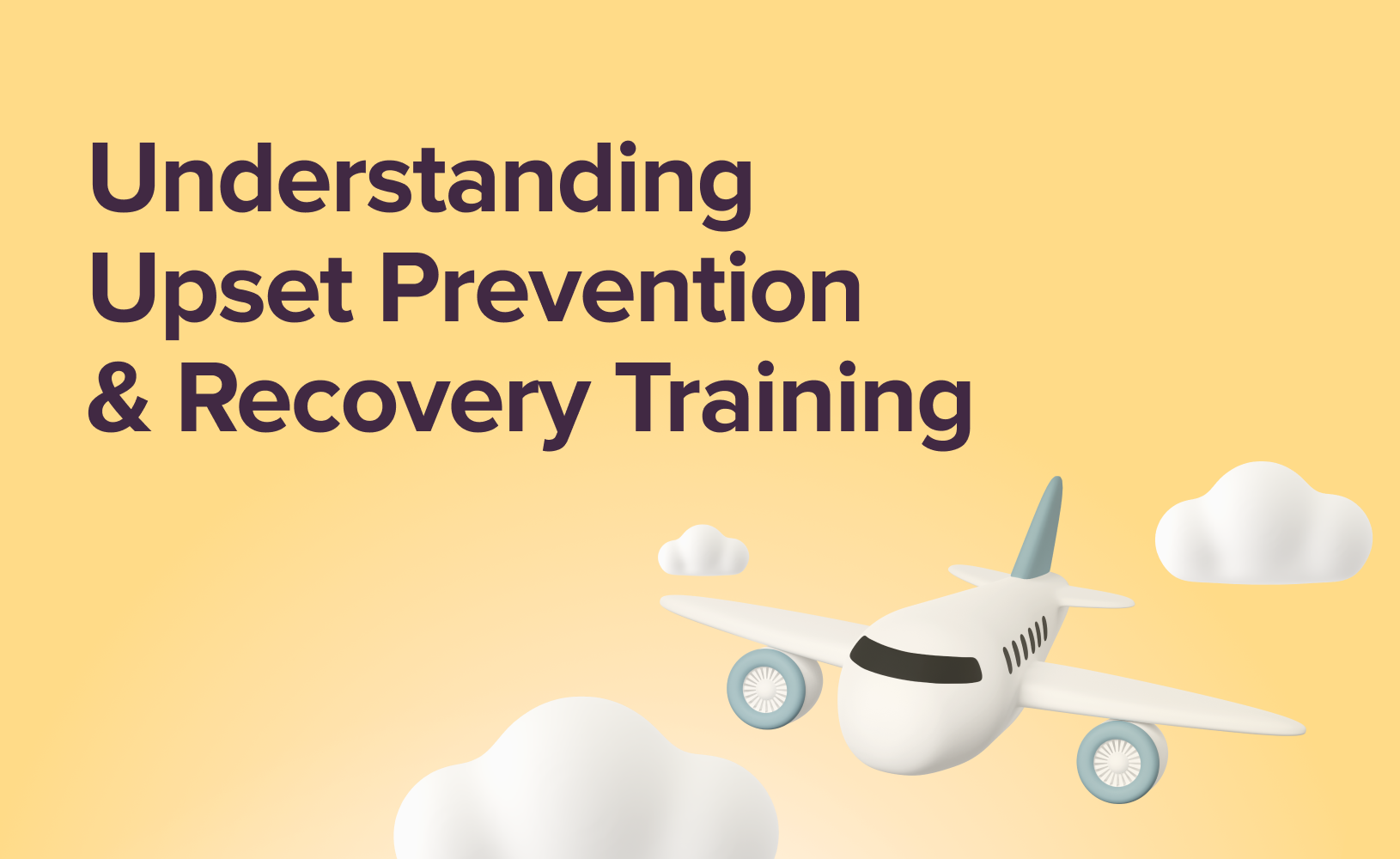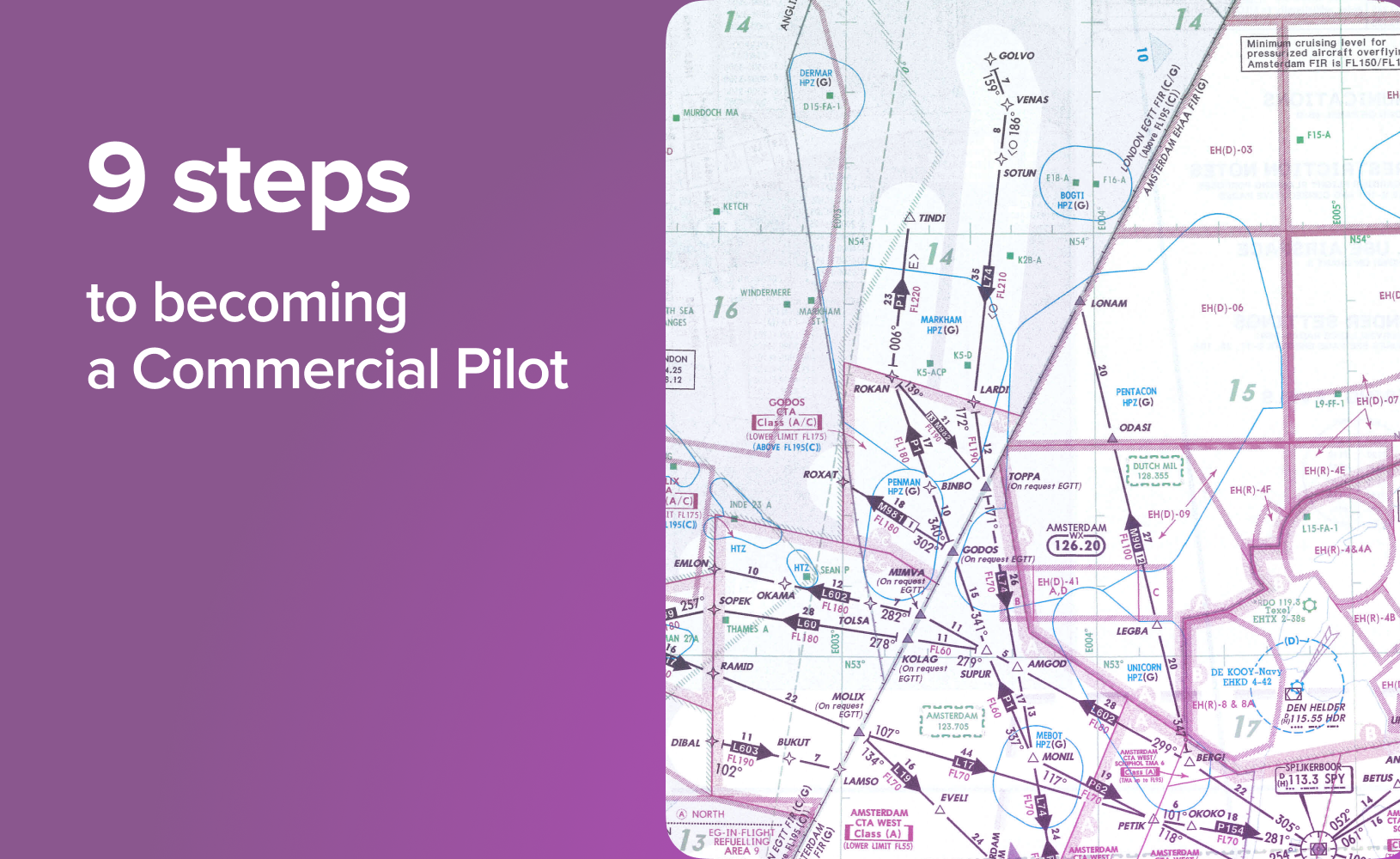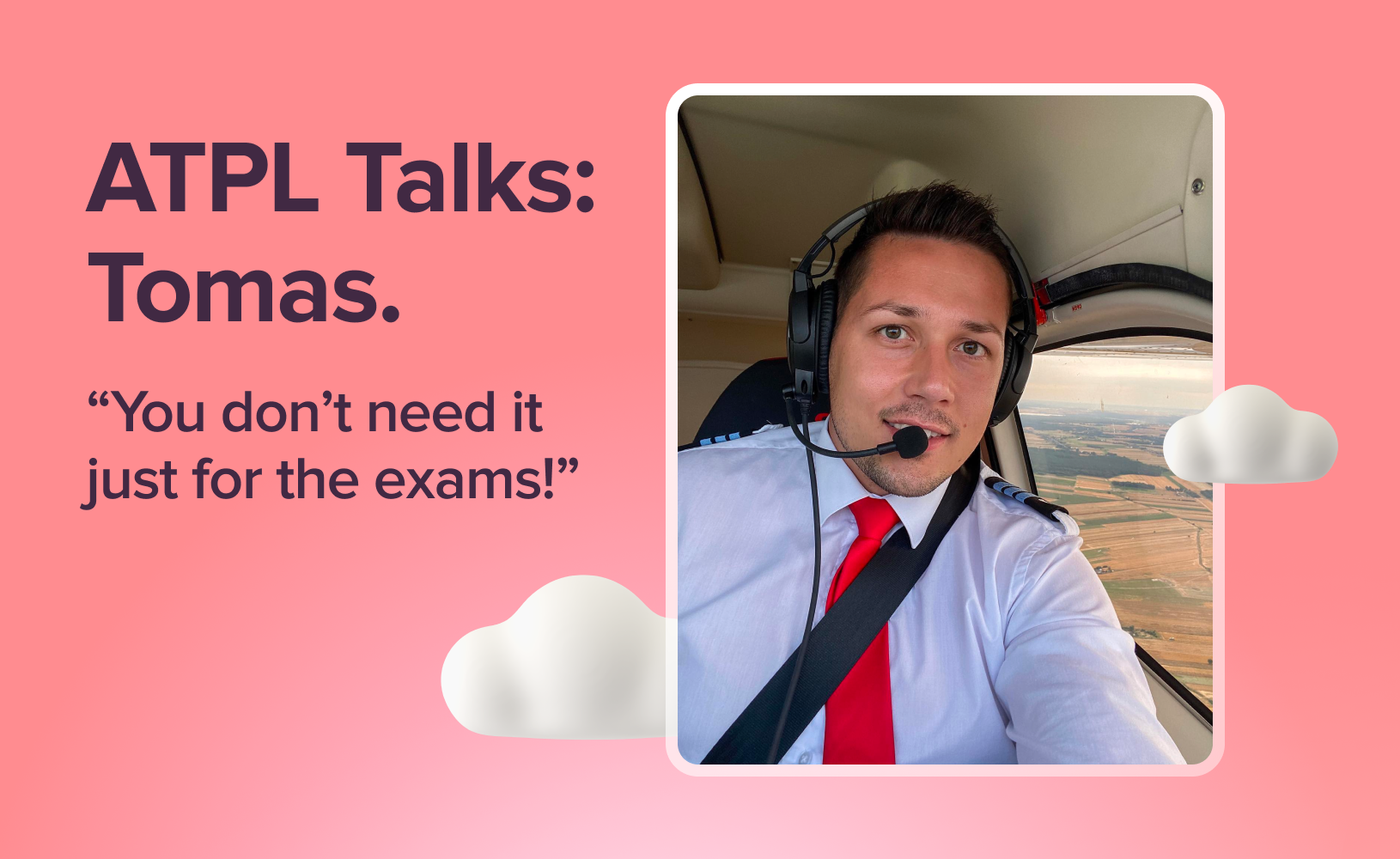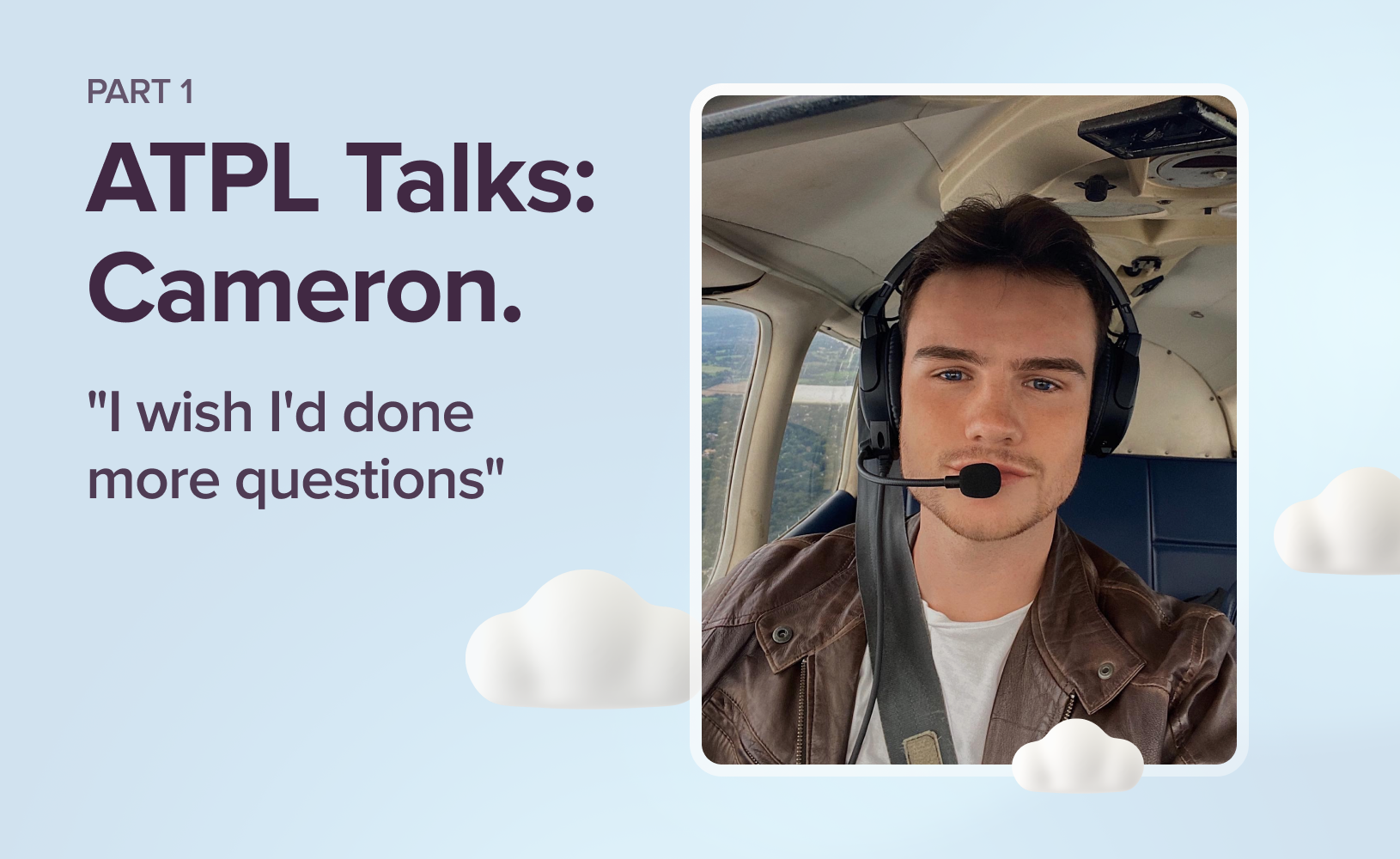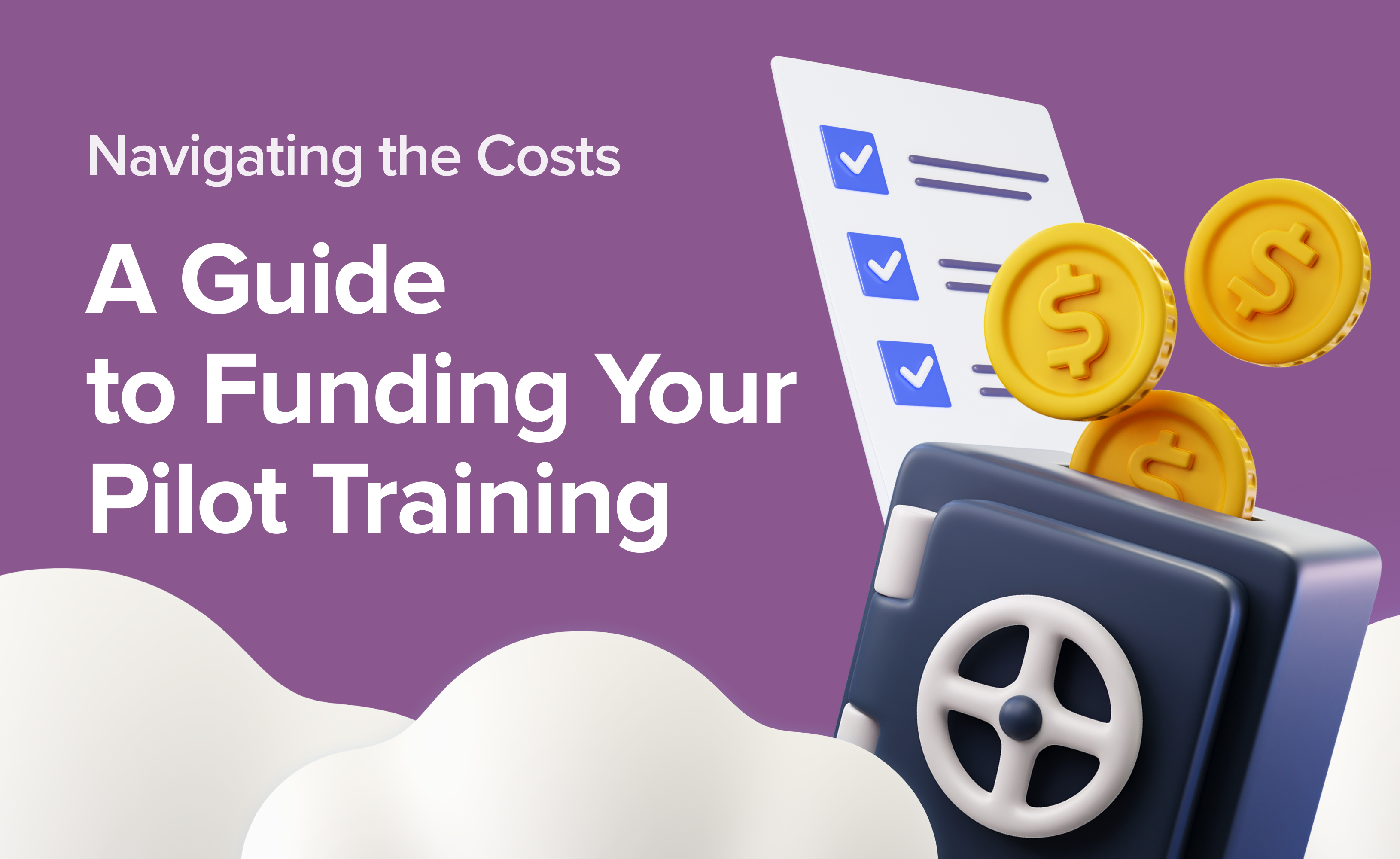Integrated or Modular Path: Key Points to Help You Decide

Congratulations if you’re debating between the Integrated or Modular route for pilot training! You’ve already taken your first step towards a career in the sky.
Choosing the right training path is one of the biggest decisions an aspiring pilot will make. It’s a question that comes up time and time again, and for good reason — you want to get it right. With the significant investment of time, effort, and money required, understanding the pros and cons of each route is critically important.
This blog will walk you through the key factors to consider when making your decision. We’ll cover everything from cost and flexibility to employment prospects and training structure, all within the UK and European aviation landscape under EASA regulations.
Whether you’re still exploring your options or ready to take the next step, this guide will give you the clarity and confidence to decide on the training route that best suits your goals, lifestyle, and learning preferences.
Plan your path to aviation excellence with our step-by-step guide: Your 2025 Pilot Action Plan.
Let’s kick off!

What You Need to Get Started
Before diving into the key differences between Integrated and Modular training, it's critical to understand that both paths lead to the same licences and qualifications. The best choice depends on your budget, learning style, lifestyle, and long-term career goals.
Regardless of which route you decide to take, the entry requirements remain largely the same:
No prior flight experience required – While previous flying hours can be helpful, they are not mandatory. Flight schools assume you're starting from scratch.
Strong foundation in maths and physics – Aviation relies heavily on these subjects, so having a basic understanding will make training easier.
Class 1 Medical Certificate – Before committing to pilot training, you must pass a medical examination with an approved aeromedical examiner (AME). This ensures you meet the health requirements for a professional pilot.
Learn more about medical requirements for airline pilots in our earlier blog.
With these basics covered, let’s examine how Integrated and Modular training differ and which one might be the best fit for you.
Integrated route
A Fast-Track to the Flight Deck
The Integrated route is a full-time, structured training programme designed to take students from zero flight hours to a frozen ATPL (fATPL) in 18-24 months. Training is conducted at an approved flight school, following a fixed syllabus with no flexibility in scheduling or pacing.
To enrol in an integrated school, candidates must pass a selection process, which generally includes the following steps:
Aptitude testing (spatial awareness, problem-solving, reaction time).
Math and English proficiency exams to ensure strong technical skills.
Group exercises to assess teamwork and leadership.
Interviews to evaluate motivation and suitability for an airline career.

How Integrated Training Works
The training is designed to simulate airline-style operations, ensuring students are well-prepared for their first job. Each school offers different training environments, facilities, and syllabus structures. It’s always advisable to visit the schools before making a final decision. The path follows a fixed structure.
Typical Integrated Training Timeline
Phase 1 – ATPL Theory (Ground School): 6-9 months, 13 ATPL subjects covering navigation, meteorology, air law, and more. 750+ hours of classroom-based learning, followed by ATPL exams.
Phase 2 – Flight Training: 9-12 months. Single-engine flying – Basic flight training in light aircraft. Instrument rating – Learning to fly solely by instruments. Multi-engine flying – Advancing to twin-engine aircraft for commercial training. Around 200 flight hours, including simulator time.
Phase 3 – Multi-Crew Cooperation (MCC) & Jet Orientation Course (JOC): Final preparation for airline flying. Teaches multi-crew coordination to prepare for working in an airline environment and may include APS-MCC (Airline Pilot Standard MCC), which enhances employability.
Integrated training is the most expensive route, with costs ranging from £90,000 to £125,000. Fees are typically paid upfront or in staged payments before each phase. Students often live on campus, fully immersing themselves in an airline-style training environment.
Make a well-informed flight school choice with our detailed 12-step guide.

Is Modular Training Right for You
The Integrated route is ideal if you want a structured, fast-tracked pathway into the airlines, have the financial resources, and are comfortable with an intensive, full-time learning environment. However, if you need more flexibility or want to spread out costs, the Modular route might be the better option.
Missed our comprehensive guide on funding your pilot training? You can get it here. We extensively explored financial planning strategies and identified cost-saving opportunities to make your aviation journey attainable for you.
Next, let’s explore the Modular pathway and how it compares.
Modular route
A Flexible Route to the Flight Deck
The Modular route offers the same licensing outcome as Integrated training but with greater flexibility. Modular training allows students to progress at their own pace, balancing training with work, studies, or personal commitments.

How Modular Training Works
Modular training is broken up into separate modules so students can train with different providers if they choose. Some schools offer ‘packaged modular’ courses, simplifying the planning, while organisations like Wings Alliance provide mentoring advice to help students navigate the process.
Typical Modular Training Timeline
Private Pilot Licence (PPL) – Approx. 100 hours of ground instruction + Minimum 45 flight hours in a single-engine aircraft + PPL theory exams.
ATPL Theory – 13 subjects studied via online or in-person ground school.
Hour Building – At least 100 Pilot-in-Command hours to qualify for commercial training.
Commercial Licence & Instrument Rating (CPL/IR) – Training in multi-engine aircraft.
MCC/JOC (Optional but Recommended) – Multi-Crew Cooperation & Jet Orientation Course to prepare for airline operations.
Frozen ATPL Achieved – Eligible to apply for first officer positions.
Modular training is significantly more affordable, with costs starting at £50,000. Modular students pay per phase, spreading the financial burden over time. Training can be completed in as little as 12-18 months or spread over several years, making it ideal for those who need flexibility due to work, finances, or market conditions.
To learn more about the modular route, a popular path for aspiring pilots, click here.

Is Modular Training Right for You?
If you require financial flexibility, want to work alongside training, or prefer a self-paced approach, the Modular route is an excellent choice. Furthermore, during a modular training path, a typical student pilot will log considerably more flight time than an integrated student, and the flying experience may be more varied.
A pilot's licence can open doors to more than just commercial airlines. Explore alternative career paths in our blog, Beyond the Airlines: 9 Unique Career Paths for Licensed Pilots.
Integrated vs. Modular Pilot Training
The following comparison chart offers a descriptive and succinct overview of Integrated and Modular Pilot Training, designed to help you quickly grasp the fundamental differences and make an informed decision.

Does the Training Pathway Affect Future Employability?
A common misconception is that training through an Integrated school guarantees better job prospects. While it's historically been seen as the 'traditional' airline route, this is no longer the case, particularly in the UK and Europe. Airlines across the region do not favour one training route over the other, as long as candidates meet the required standards. The key factors that influence employability are flight skills, professionalism, and non-technical competencies such as leadership, problem-solving, and decision-making.
Notably, Jet2, Ryanair, and Wizz Air recruited a significant number of modular-trained pilots, recognising that they often develop strong self-discipline, adaptability, and a proactive mindset by managing their training path.
Ultimately, whether you choose an Integrated or Modular path, your attitude, preparation, and overall competency will be the deciding factors in securing a position with an airline.
Wonder what it's truly like to pursue a modular pilot training path? Step into the shoes of Emily and Cameron as they share their personal stories. Witness the dedication and perseverance required to achieve their pilot ambitions via the modular route.
Do you have the soft skills needed for a successful aviation career? Find out in our blog, Soft Skills: The Foundation of Aviation Excellence.

Which Path Should You Choose?
Choosing between the Integrated and Modular route is a personal decision. At the end of your training, both paths lead to the same commercial pilot licence. To make an informed decision, speak to pilots who have taken both routes, learn from their experiences, and consider attending an open day at an Integrated school.
Learn how to effectively build and maintain connections in the aviation world. Read our blog, Network Your Way Up: Building Connections in Aviation.
Before committing to either path, consider earning a Private Pilot Licence (PPL) or even a Light Aircraft Pilot's Licence (LAPL). Many aspiring pilots start training but don’t complete it, so setting a realistic, achievable milestone can help confirm your passion before making a larger financial investment.
Integrated programmes may present themselves as the only streamlined option, but remember — you control your own pace in Modular training. With careful planning and back-to-back scheduling, the Modular path can be just as fast as the Integrated one — while offering greater flexibility and financial control.

Discover the top EASA-accredited flight schools in Europe and the UK.
7 Key Questions to Help You Decide
If you're still unsure about your pilot training path, remember it's a long-term investment. To help you decide between Integrated and Modular, ask yourself these seven key questions:
1. How much can you afford? Are you financing your training through savings, a loan, sponsorship, or family support? If funds are limited or uncertain, Modular may be the safer financial choice.

2. Can you commit to full-time training away from home for up to 2 years? The structured nature of integrated training necessitates full-time attendance at a flight school. Conversely, modular training offers a more adaptable structure, so you can seamlessly combine training with your commitments, job, and existing lifestyle.
3. Are you self-motivated and disciplined enough for independent learning? Can you stay on track without strict schedules and daily instructor guidance? If not, Integrated training with a structured full-time ATPL ground school might be a better fit.

4. Do you want control over your training? Modular training gives you the freedom to choose your instructors, training locations, and timeline. However, gaps between lessons due to weather or personal scheduling can slow progress and increase costs. Can you manage your timeline effectively, or do you prefer a structured, start-to-finish program?
5. Do you need a sense of community? Integrated schools offer a campus environment, fostering peer support and structured learning. Modular training can feel isolating. Would you thrive in a tight-knit group or prefer the independence of modular training?

6. Is flexibility important to you? Life circumstances can change. With Modular training, you can pause or adjust your schedule as needed. Integrated training is rigid — once you start, you follow a fixed timeline. If you prefer flexibility, Modular is likely the better fit.
7. Do you want to work or stay at home during training? If you need to support yourself or prefer to stay at home, Modular is the only viable option.

Airhead's Takeaway
Both Modular and Integrated training lead to the same qualifications and career opportunities. The best route depends on your budget, timeline, and personal learning style. Take the time to research, visit flight schools, and choose the path that sets you up for success in the skies!

